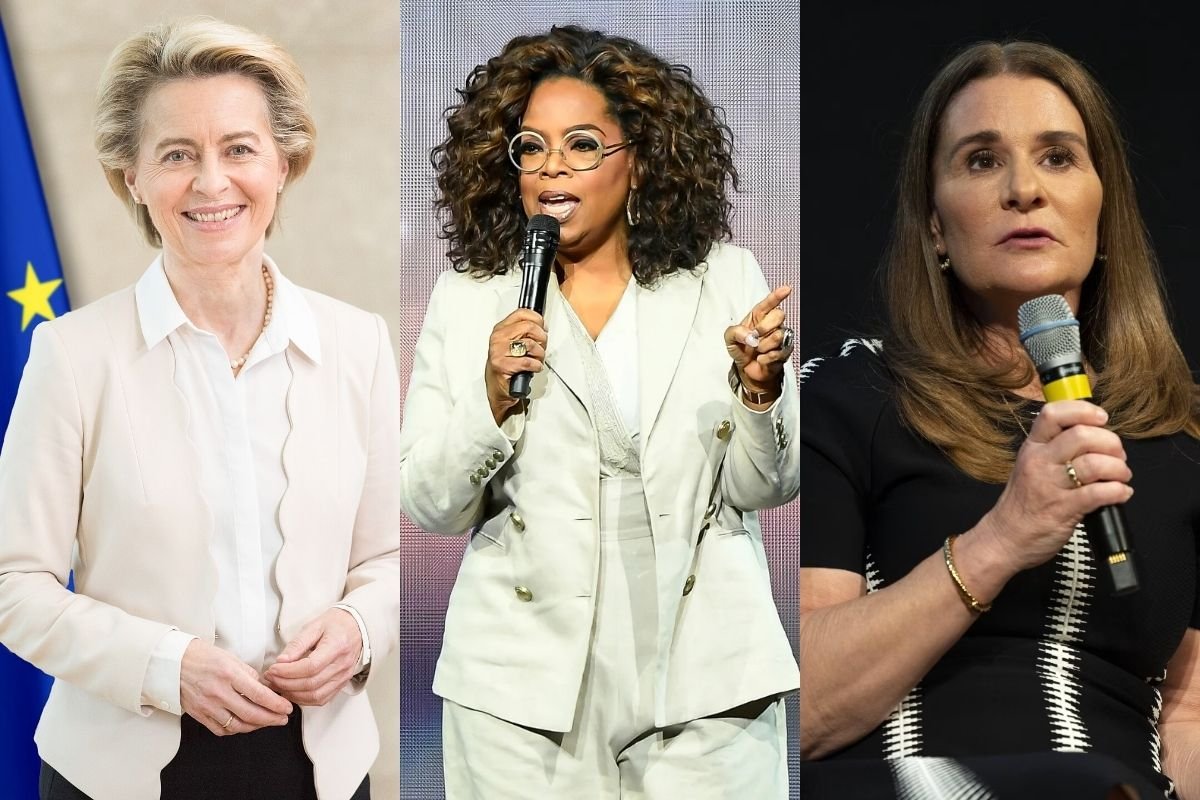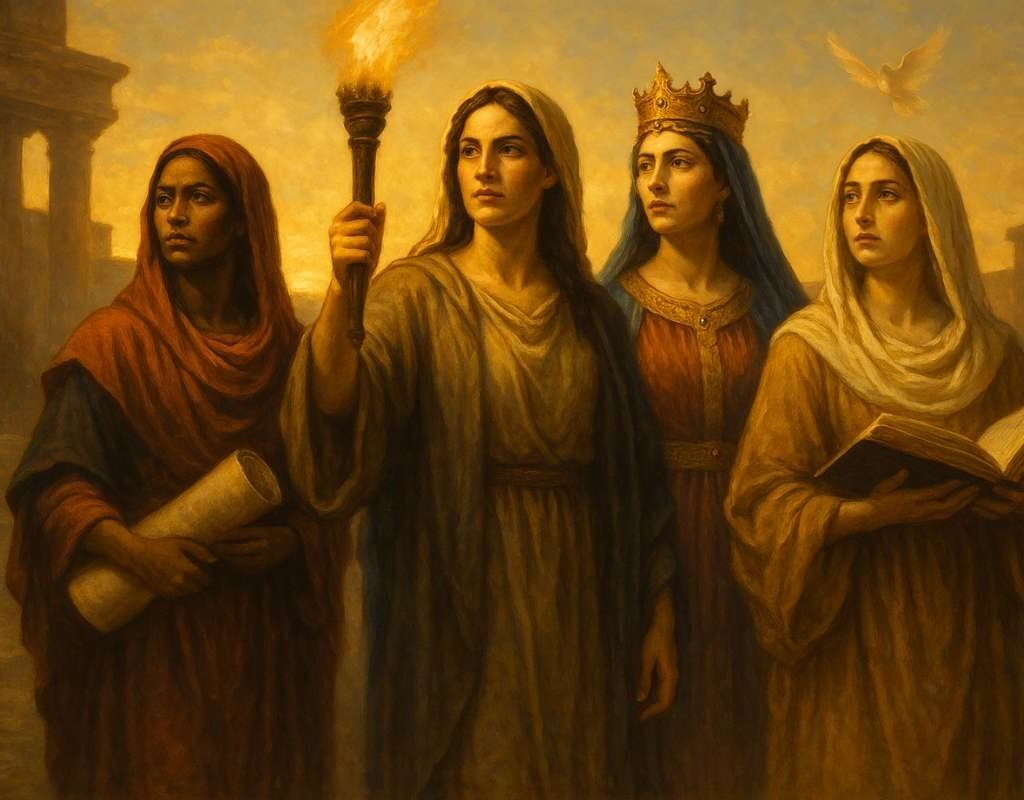In a world historically led by men, women achieving roles of global power represents a monumental cultural and political shift. The world’s most powerful woman is not solely identified by her title or wealth, but by her breadth of influence, ability to create change, and the impact she has on generations to come. Women are leaders in world politics, business, activism, and philanthropy, and they are rewriting leadership.
This article considers the characteristics, accomplishments, and stories of our powerful women, but also as an opportunity to explore the context of gender equality and women in leadership.
Defining “Power” in Modern Leadership
The term “power” today goes beyond military strength or economic dominance. For women, it often encompasses the ability to influence public opinion, drive societal change, and open doors for others. The world’s most powerful woman may command a multinational corporation, lead a nation, or spearhead global initiatives for climate action, education, and human rights.
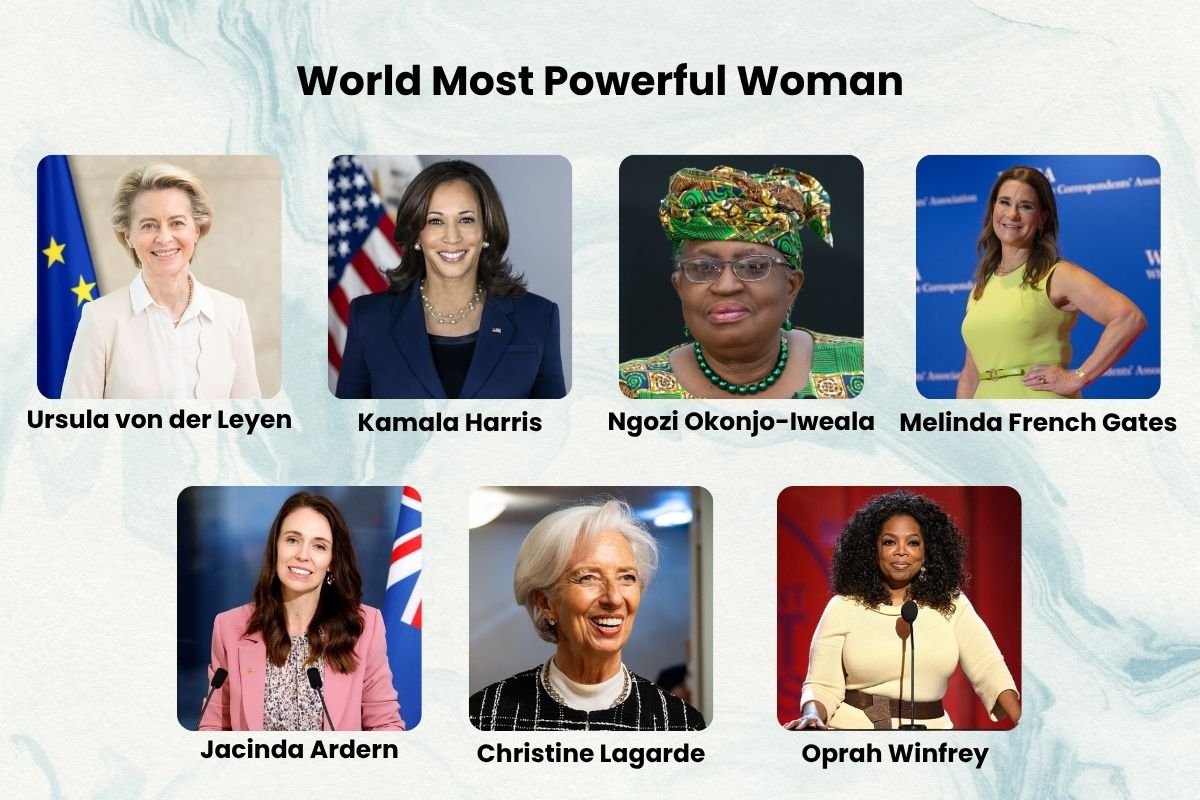
In the modern era, power is measured by a combination of:
- Political Reach – the ability to influence laws, diplomacy, and governance.
- Economic Impact – control over industries, markets, and financial policies.
- Social Influence – shaping cultural values, media narratives, and public discourse.
- Legacy Creation – building systems and institutions that outlast their tenure.
Historical Milestones in Women’s Leadership
The journey toward women’s empowerment at the global stage has been long and challenging. Figures like Indira Gandhi, Margaret Thatcher, and Angela Merkel broke political glass ceilings decades ago, proving that leadership ability is not tied to gender. In business, leaders such as Mary Barra (CEO of General Motors) and Ginni Rometty (former IBM CEO) showed that women could lead some of the world’s largest corporations successfully.
Historically, the world’s most powerful woman of any era has been the one who not only reached the top but did so while creating opportunities for others. The legacies of these leaders inspire countless young women to believe that they, too, can lead at the highest levels.
Current Icons of Global Influence
In recent years, rankings from major publications like Forbes have highlighted women whose influence extends far beyond their job descriptions. Some notable names include:
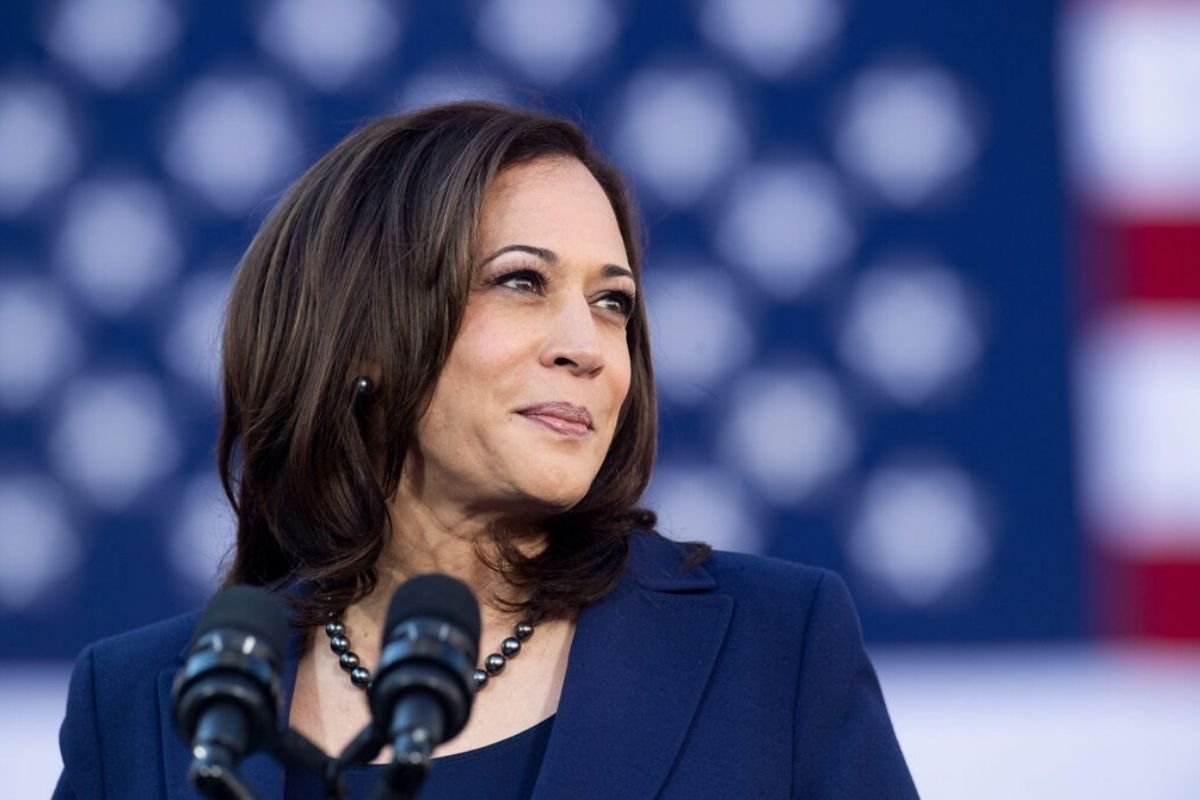
- Ursula von der Leyen – President of the European Commission, influencing EU policy on climate, economy, and foreign relations.
- Kamala Harris – The first female Vice President of the United States, reshaping the narrative of political leadership in America.
- Ngozi Okonjo-Iweala – Director-General of the World Trade Organization, driving reforms in global trade systems.
- Melinda French Gates – Philanthropist and co-chair of the Gates Foundation, tackling health, poverty, and gender inequality.
These leaders exemplify how modern influence is rooted in vision, collaboration, and resilience.
Traits That Define the Most Powerful Women
While each leader’s path is unique, the world’s most powerful woman tends to share several core characteristics:
- Visionary Thinking – They have a clear long-term vision for their role, organization, or country.
- Resilience – They endure criticism, political challenges, and personal sacrifices with unwavering focus.
- Empathy – Leadership that listens and responds to the needs of diverse communities.
- Strategic Communication – The ability to persuade, inspire, and unite people across cultural and political divides.
- Commitment to Equality – Using their influence to open doors for others, especially women and marginalized groups.
Impact Beyond Borders
The influence of the world’s most powerful woman often transcends her own country or organization. Whether it’s leading climate change initiatives, promoting women’s rights globally, or shaping global economic policies, these leaders are catalysts for cross-border change.
For example:
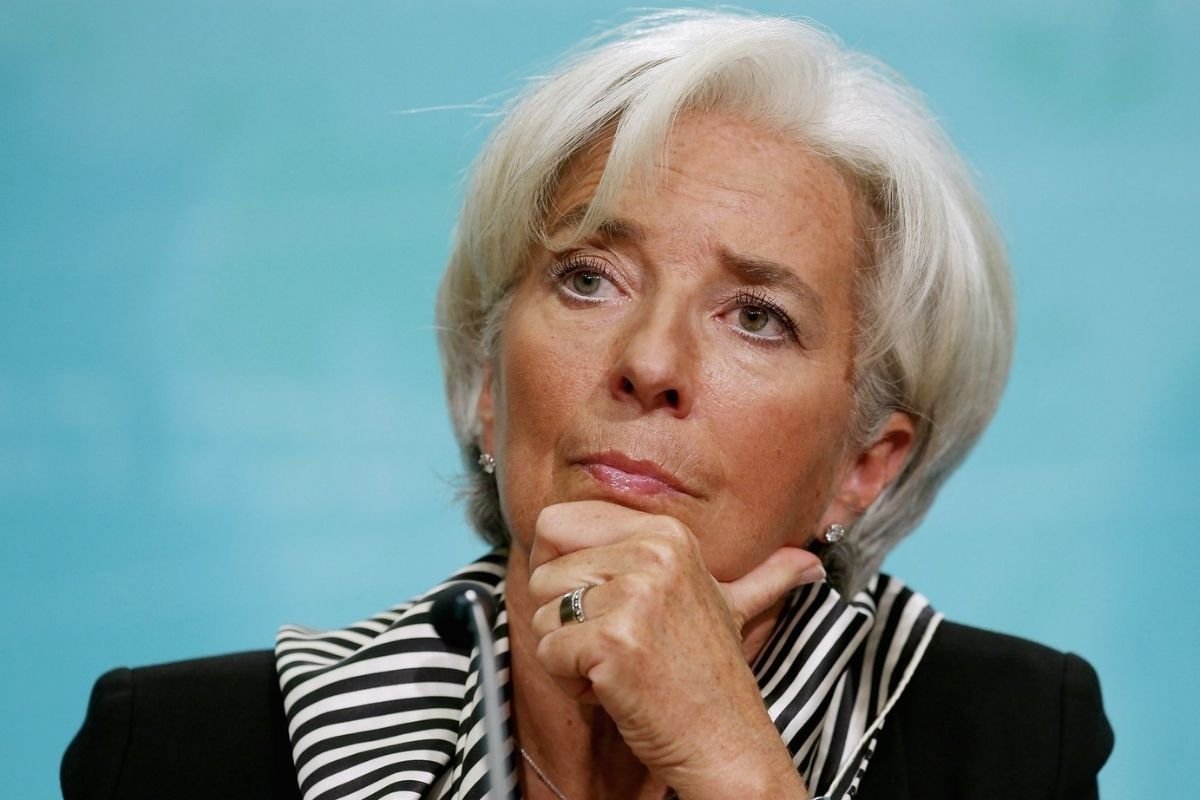
- Jacinda Ardern, former Prime Minister of New Zealand, gained international praise for her empathetic and decisive crisis leadership.
- Christine Lagarde, President of the European Central Bank, plays a key role in stabilizing global markets.
- Oprah Winfrey, a media mogul and philanthropist, has influenced generations through storytelling, education programs, and humanitarian work.
Their legacies prove that leadership, when used for the greater good, can have a ripple effect far beyond personal achievement.
The Role of Media in Shaping Perceptions
The media plays a crucial role in how we perceive power. When a woman achieves something extraordinary, her achievements are sometimes overshadowed by discussions of appearance, family life, or personality traits—topics rarely emphasized for male leaders. The most impactful stories highlight women’s capabilities, decisions, and influence rather than stereotypes.
Publications, documentaries, and online platforms are now making conscious efforts to spotlight women leaders for their professional accomplishments and their role in shaping policy, culture, and innovation.
Challenges Still Ahead
Even as more women rise to global prominence, challenges remain:

- Gender Bias – Persistent stereotypes can undermine women’s authority.
- Unequal Pay – Even in leadership, women often face pay disparities compared to male counterparts.
- Work-Life Balance Expectations – Women leaders are frequently scrutinized for how they balance family and career.
- Limited Representation – Despite progress, women still represent a minority in many top political and corporate roles.
Overcoming these challenges requires systemic reforms, mentorship opportunities, and a global cultural shift in how leadership is defined.
Inspiring the Next Generation
The most enduring legacy of the world’s most powerful woman is the inspiration she provides to younger generations. By breaking barriers and redefining norms, she paves the way for future leaders who might not have envisioned such possibilities.
Mentorship programs, scholarships for women in STEM, leadership training, and increased representation in decision-making bodies are key steps toward ensuring the pipeline of future female leaders remains strong.
Conclusion
The world’s most powerful woman is more than influential. She is a sign of progress, resilience, and promise for a more inclusive future. Her impact is felt not just by the decisions she makes or the policies she adopts but by the lives she changes and the opportunities she creates for others.
Powerful women are changing the world, from political capitals and boardrooms to humanitarian sectors. Their leadership styles, often based in cooperation and empathy, prove that true power is the ability to influence, inspire, and create lasting change.
As we see more women take on positions of influence, the idea of what power means will also continue to change, bringing us all closer to a future where leadership is not defined by gender, but rather vision, integrity, and impact.
Thanks for reading
see next
“10 Unsuccessful Entrepreneurs’ Stories of How Failure Can Lead to Future Success“

